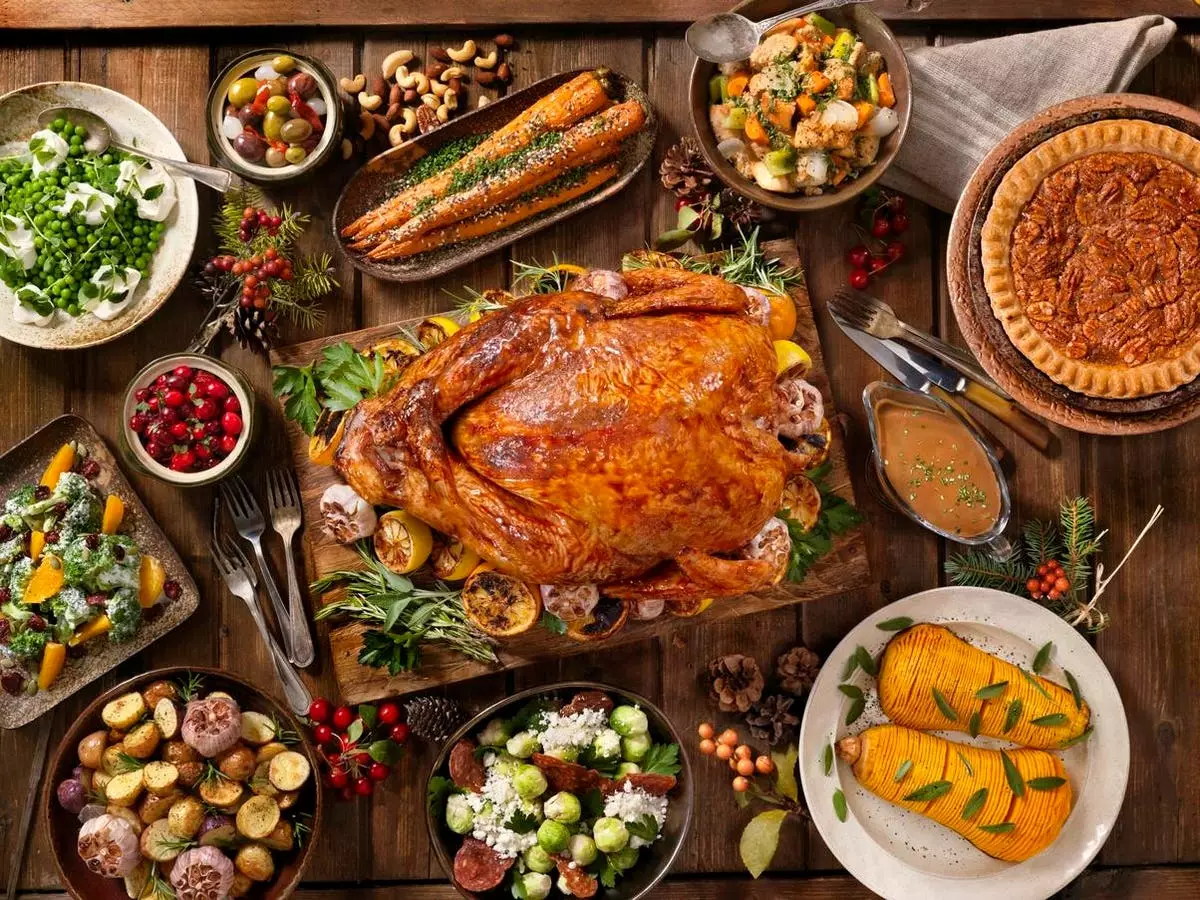Sake, the traditional Japanese rice wine, has long been associated primarily with its home country’s unique culinary offerings. However, trends are evolving, and sake is increasingly finding a place on menus beyond Japanese dining establishments. High-end eateries like Per Se and Eleven Madison Park in New York are now embracing sake, which reflects a growing appreciation for this unique beverage. As the global palate broadens, so too does the recognition of sake’s versatility as a complement to a variety of cuisines.
Sake boasts an alcohol content similar to that of wine, hovering around 15% compared to wine’s usual 12-14%. However, when it comes to pairing with food, sake demonstrates distinct advantages. The lower acidity of sake allows it to harmonize more easily with a diverse range of dishes. While a high-acidity wine, like Sauvignon Blanc, may struggle with certain flavors—particularly smoky or charred notes—sake remains adaptable. Its smooth profile makes it approachable, enhancing rather than overshadowing complex flavors on the plate.
In addition, sake lacks the tannins commonly found in certain wines. These tannins can cause lingering dryness that detracts from a diner’s overall experience as the meal progresses. Conversely, the rounded flavor of sake enhances and amplifies the overarching taste sensations throughout a dining experience. This makes sake an excellent companion not only for subtle dishes but also for robust flavors found in grilled meats or savory sauces.
An essential aspect of sake is its rich umami content, which is absent in wine. The fermentation process of sake involves koji, a mold that transforms the rice starches into sugars and produces an abundance of umami flavor. This savory quality acts as a bonding agent between the beverage and food, seamlessly connecting a wide range of flavors from various cuisines. Notably, umami is present in numerous favorite dishes worldwide, from burgers to grilled vegetables, bridging cultural culinary divides.
Masaaki Saito, a traditional brewmaster, emphasizes that successful food and sake pairings hinge on balanced acidity. A dish like meatballs in tomato sauce could find an excellent match in sake due to their shared acidity level. This shared quality leads to a complex interplay where the sauce and the sake enhance each other’s umami profiles, leading to a more gratifying dining experience. Expanding beyond Japanese dishes, pairings such as white pizza with rich cheese also demonstrate sake’s compatibility with more western culinary practices.
Despite its growing popularity outside Japan, the tradition of sake brewing faces challenges at home. The number of sake breweries has dramatically decreased from over 3,500 in the 1970s to about 1,000 today, due to factors like an aging brewmaster population and modern drinking preferences. Entrepreneurs like Daisuke Nakajima are working to preserve and promote the art of sake brewing globally, advocating for its inclusion in diverse culinary contexts to ensure it doesn’t become an afterthought.
As brewmaster Saito expands his offerings to an international audience under the Boken Sake label, his commitment to traditional methods reflects a desire to honor the past while inviting new appreciation and exploration of sake. He believes that innovative collaborations with contemporary entrepreneurs can revitalize interest in sake and stabilize its future.
Practical Pairing Suggestions
With the increasing availability of sake in the U.S., consumers are eager for guidance on how to pair it effectively with a variety of dishes. For celebratory gatherings like Thanksgiving, a Yamahai Junmai can serve as a versatile option, providing a foundational umami that complements a spread of flavors from turkey to mashed potatoes. For fried foods, a cleaner, refreshing Ginjo or even sparkling sake can balance the richness and cut through the oiliness, enhancing overall enjoyment.
By thinking outside the box, adventurous drinkers may discover that even bold flavors like spicy Mexican cuisine can find a happy companion in sweeter, cloudier Nigori sake, which wonderfully offsets heat with its luscious sweetness. Retailers specializing in premium sake, like Sakaya and Ambassador Wines, offer access to a wide array of selections that encourage exploration and creativity in pairing.
The notion that sake is solely a companion for Japanese dishes is rapidly becoming outdated. With its adaptable flavor profile and booming popularity in non-Japanese restaurants, sake stands poised to be embraced in culinary scenes internationally. As consumers uncover new and exciting ways to pair this unique beverage with their favorite foods, sake is not just a drink; it represents a journey of flavor exploration and cultural appreciation, pushing the boundaries of traditional dining experiences.

